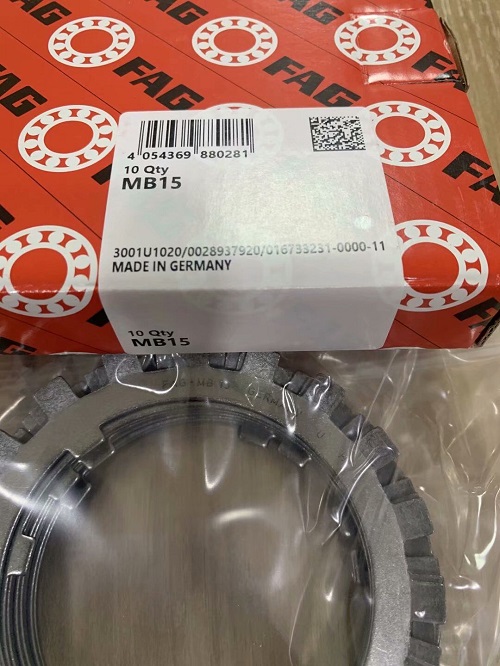Writer: Eric Bearing Limited
Linear roller bearing systems offer distinct advantages in applications where high speed or quick change of direction is required. Due to the fact that their diameter is larger, they also perform well in contaminated environments where they roll over or “push” particulate from the raceway. However, due to the nature of the design having both steel bearing races and a steel linear raceway, lubrication must be present to minimize the results of this metal-to-metal contact and extend the life of the system.
Raceway/Guideway Lubrication
To ensure long life, it is necessary to have a thin film of lubrication on the Raceway/Railway at all times. When properly applied, lubrication:
Reduces wearReduces stress on the contact surfaces
Reduces friction (and therefore heat buildup)
Allows for operation at designed specifications of the product (de-rating is required for unlubricated applications)
Helps protect the metal surfaces against corrosion (rust and fretting corrosion)
Periodic Lubrication/Maintenance
The lubrication interval is dependent on many operating and environmental conditions, such as load, stroke, velocity, acceleration, mounting position/orientation, type of lubrication used, temperature, humidity, UV exposure, etc. The actual lubrication interval should be determined by tests conducted under actual application conditions. While the actual lubrication intervals are application specific and determined only through testing, the following guidelines can typically be used as a starting reference point under “normal” conditions:
Re-lubrication every 1,000 km; 50,000 cycles or six months (whichever occurs first). FAG MB 15 bearings online , pls click here :

Used Lubricants
Used lubricants should be disposed of using environmentally-friendly methods. Most lubricant manufacturers have guidelines regarding their allowable storage, use and disposal. In addition, some countries have regulations regarding storage, use and disposal of lubricants for occupational safety and/or environmental protection. Furthermore, some companies may have adopted internationally accepted quality and standards policies (i.e. ISO14001) which will further regulate the use of lubricants within an application.
These guidelines and regulations must be followed. Care should be exercised as to not specify a lubricant which is forbidden.
Tel: 00852-30697500
Fax: 00852-30697511
Email: sales@ericbearing.com
Message: Click Here Message!